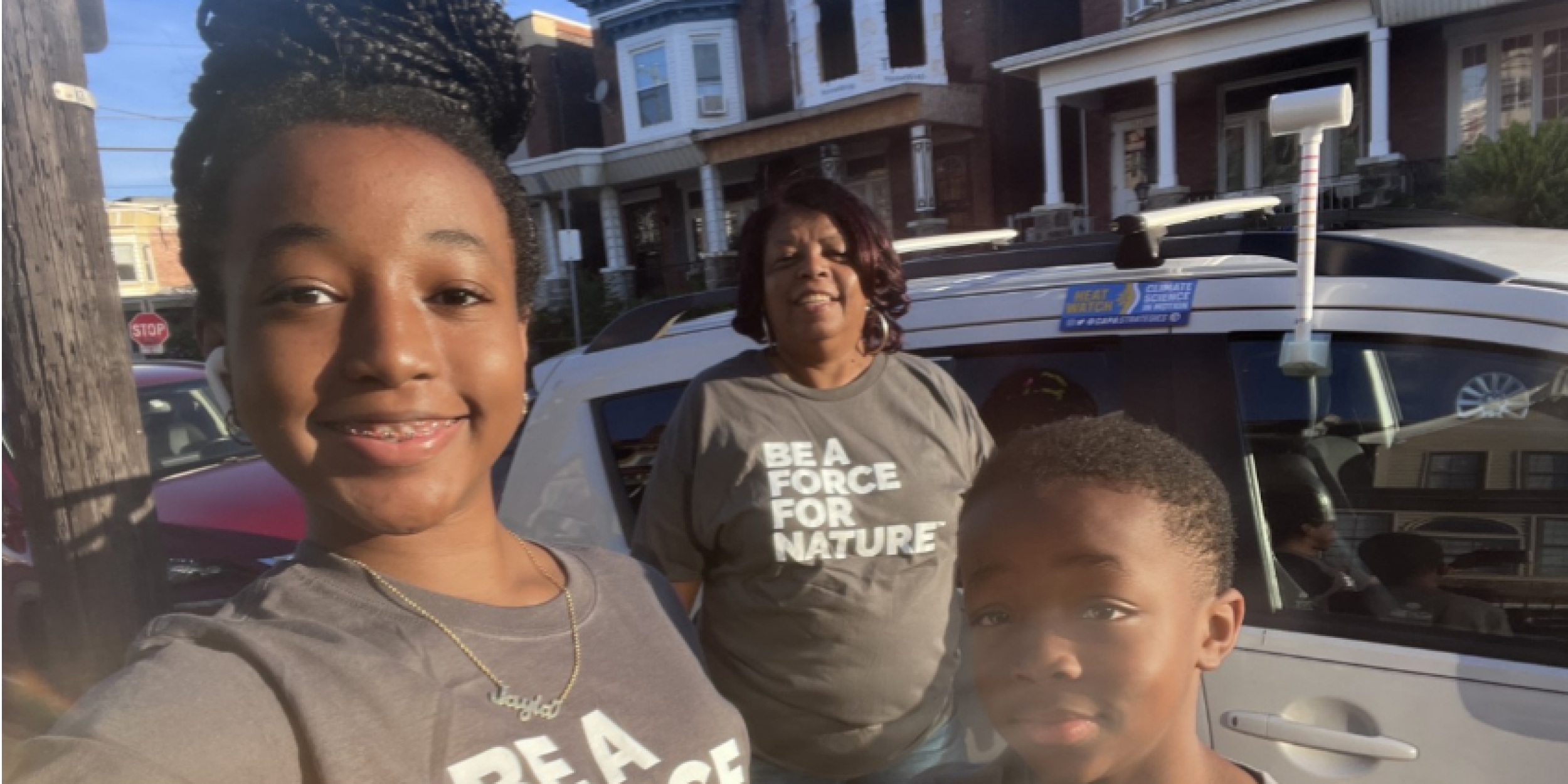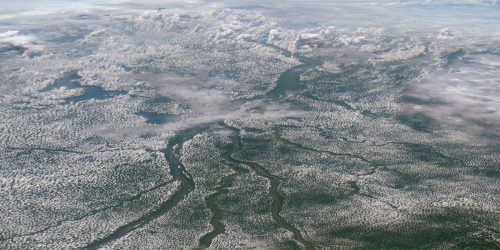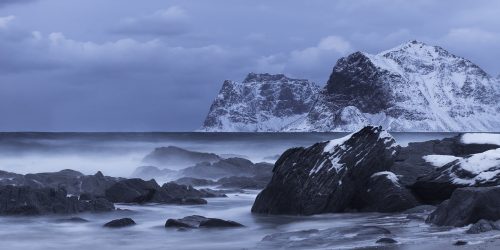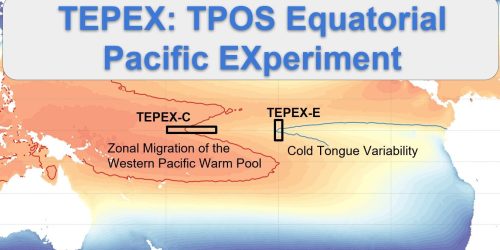This summer, NOAA and citizen scientists will map the hottest parts of 18 communities in 14 states across the country and in one international city. Identifying these hotspots, called urban heat islands, helps local decision-makers take actions to reduce the health impacts of extreme heat, which often target the most vulnerable.
Now in its seventh year, the NOAA Urban Heat Island (UHI) mapping campaign addresses extreme heat, the number one weather-related cause of death in the U.S. for the last three decades. Urban heat islands — areas with few trees and more pavement that absorbs heat — can be up to 20 degrees fahrenheit hotter than nearby neighborhoods with more trees, grass and less black asphalt.
“The burden of heat is not shared equally in our urban areas,” said NOAA Administrator Rick Spinrad. “Gathering this type of environmental intelligence helps communities measure their hottest places so they can develop strategies to reduce the dangerous effects of heat. Community by community, we’re working to create a Climate-Ready Nation that is resilient in a changing world.”
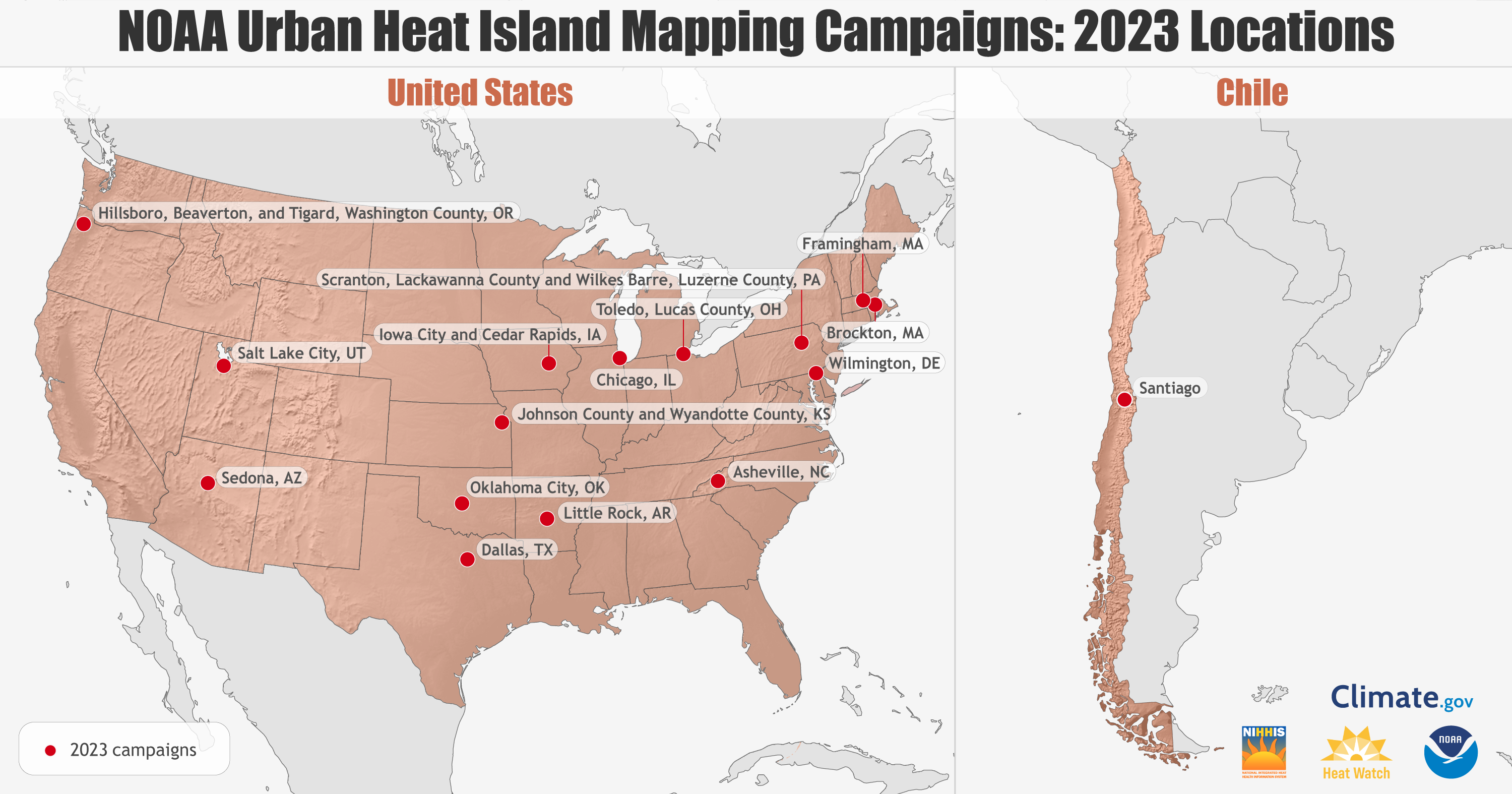
NOAA will work with citizen scientists to map urban heat islands in multiple cities and counties in 14 states this summer and in one international city, Santiago, Chile. Since 2017, NOAA and its science partner, CAPA Strategies, have worked with more than 70 communities to create heat island maps that can be used to inform cooling strategies. (Image credit: NOAA)
Mapping heat in U.S. cities from coast to coast
Communities chosen for the 2023 program are: Chicago, Salt Lake City, Dallas, Oklahoma City, Asheville, North Carolina; Framingham and Brockton, Massachusetts; Johnson County and Wyandotte County, Kansas, which includes the Kansas City suburbs; Wilmington, Delaware; Toledo, Ohio; Little Rock, Arkansas; Scranton and Wilkes-Barre, Pennsylvania; Sedona, Arizona; Iowa City and Cedar Rapids, Iowa; and Washington County, Oregon, outside of Portland. In addition, NOAA is working with local groups and the Pan-American Health Organization on an international heat island mapping campaign in Santiago, Chile. This will be the third NOAA-funded international campaign. Campaigns were completed in Freetown, Sierra Leone and Rio de Janeiro, Brazil earlier this year.
Since 2017, NOAA, through the interagency National Integrated Heat Health Information System (NIHHIS), has funded CAPA Strategies LLCoffsite link to provide science support for more than 70 community-led urban heat island mapping campaigns. Led by a team of local partners in each city, volunteer citizen scientists will travel through their neighborhoods in the morning, afternoon and evening on one of the hottest days of the year with heat sensors mounted on their own cars or bikes. The sensors record temperature, humidity, time and the volunteers’ location every second. CAPA’s end-to-end program, including sensor technology, analysis, modeling and community engagement, allows communities to develop hyper-local descriptions of heat and strategize mitigation options specific to each community and its needs.
The cities and counties selected this year have a range of experiences with extreme heat, but each is looking for equitable ways to implement cooling solutions in their communities. For example, Chicago experienced one of the nation’s most deadly heat waves in 1995. It struck the city’s older adults, minorities and those with lower socio-economic status, resulting in nearly 500 reported deaths in a matter of days. Iowa City and Cedar Rapids faced a derecho event in 2020, and lost many trees in the region, decreasing shade for residents.
Heat maps inform local solutions
During the 2022 urban heat island campaigns, 782 citizen scientists collected over one million measurements in 15 U.S. communities.
Cities from past campaigns have used their heat island maps to implement tree planting strategies, inform communities of the location of new public transit shelters for cooling relief, develop heat action plans, educate residents and policymakers and inform new research. The data from the UHI campaigns are open access and available on the federal website Heat.gov.
NOAA’s heat island mapping program is part of the Biden Administration’s Justice40 initiative, a whole-of-government effort to ensure that federal agencies work with states and local communities to make good on President Biden’s promise to deliver 40% of benefits from federal investment in climate and clean energy to disadvantaged communities. The program is also part of the America the Beautiful Initiative, as urban heat islands are areas in great need of more access to nature and its health and cooling benefits. When evaluating applications for the 2023 heat island mapping campaigns, the NIHHIS team gave significant weight to applications emphasizing their commitment to addressing environmental justice.
To keep up with the summer 2023 campaigns, subscribe to the Heat Beat Newsletteroffsite link, check out the NIHHIS website and follow #UrbanHeatMaps2023 on social media.


